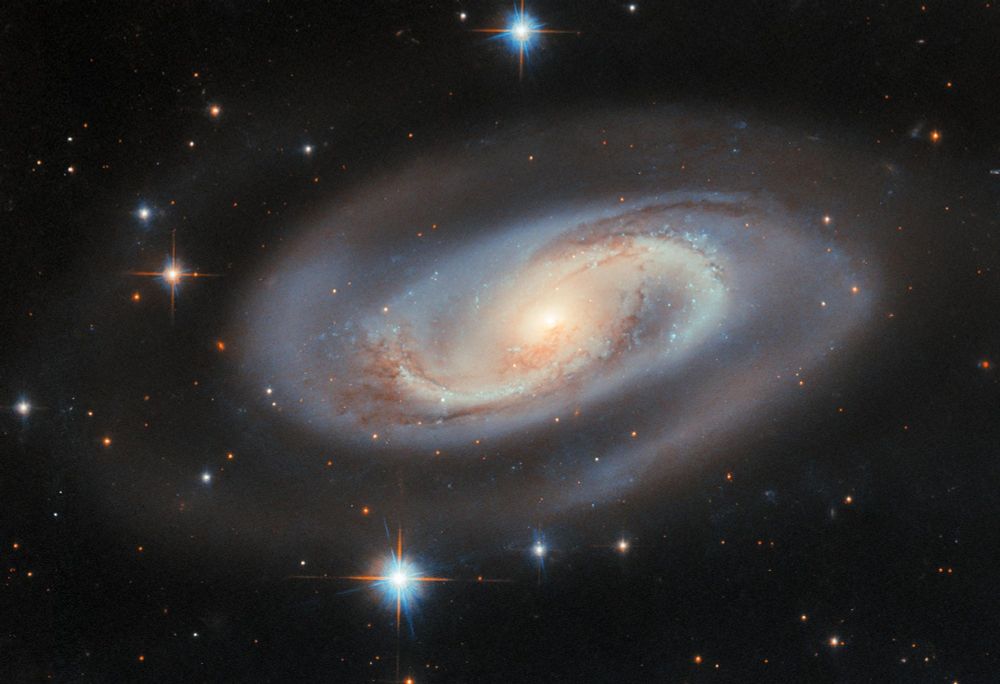

GeminiObs/NOIRLab/NSF/AURA


#NASAWebb has been actively observing our universe, taking both high-resolution images and data known as spectra. These panels show some of the stunning images Webb has returned.
Dive deeper into each image: https://bit.ly/4hYHWCX 🔭 🧪



#NASAWebb has been actively observing our universe, taking both high-resolution images and data known as spectra. These panels show some of the stunning images Webb has returned.
Dive deeper into each image: https://bit.ly/4hYHWCX 🔭 🧪

Infrared light, however, reveals a more complex scene, as shown in Hubble's 2013 image. 🔭 🧪

Infrared light, however, reveals a more complex scene, as shown in Hubble's 2013 image. 🔭 🧪






This image of the nebula was released in 2016 to mark Hubble’s 26th anniversary.

This image of the nebula was released in 2016 to mark Hubble’s 26th anniversary.


Credit: NASA, ESA, K. Stapelfeldt (NASA JPL), G. Kober (NASA/Catholic University of America). 🔭 🧪

Credit: NASA, ESA, K. Stapelfeldt (NASA JPL), G. Kober (NASA/Catholic University of America). 🔭 🧪
STScI staff will deliver #NASAWebb and Roman telescope science content during the “Invent the Future” event on Saturday, November 15. 🔭 🧪

STScI staff will deliver #NASAWebb and Roman telescope science content during the “Invent the Future” event on Saturday, November 15. 🔭 🧪

The types of requests show astronomers are ready to answer even bolder scientific questions: https://bit.ly/4nYC0LS 🔭 🧪

The types of requests show astronomers are ready to answer even bolder scientific questions: https://bit.ly/4nYC0LS 🔭 🧪

The types of requests show astronomers are ready to answer even bolder scientific questions: https://bit.ly/4nYC0LS 🔭 🧪

